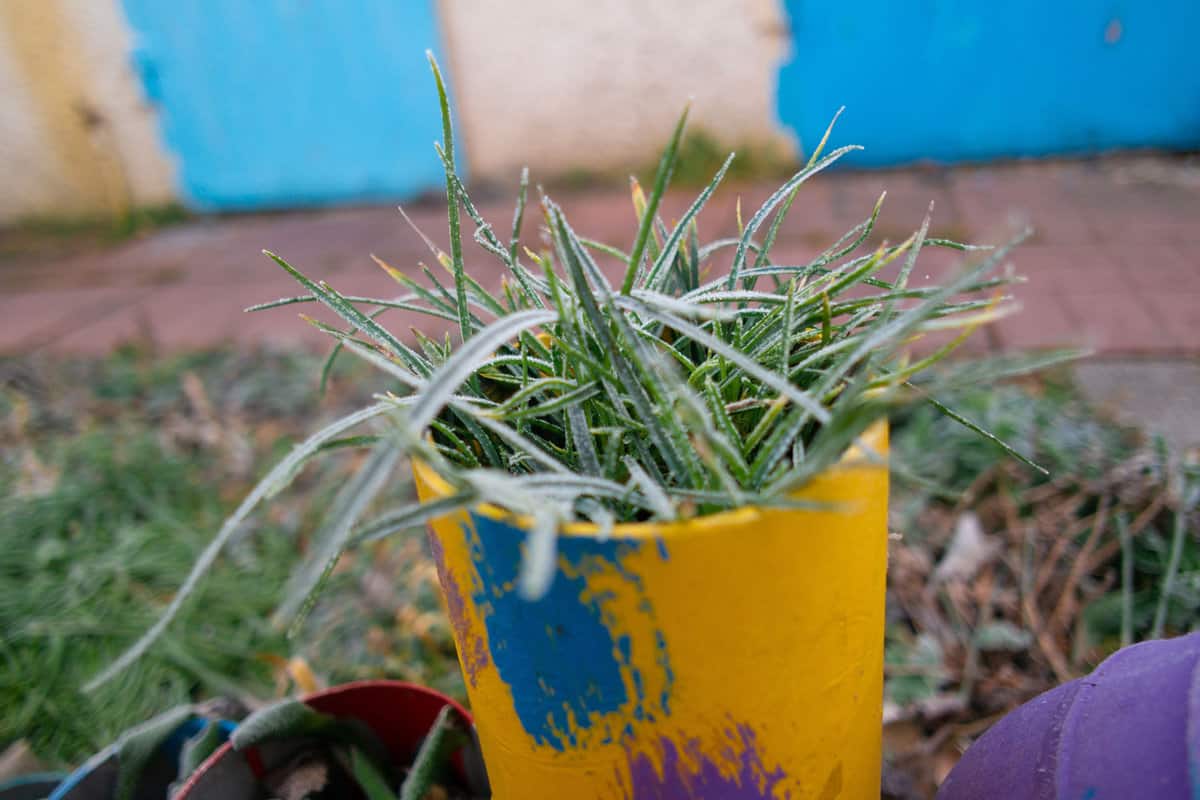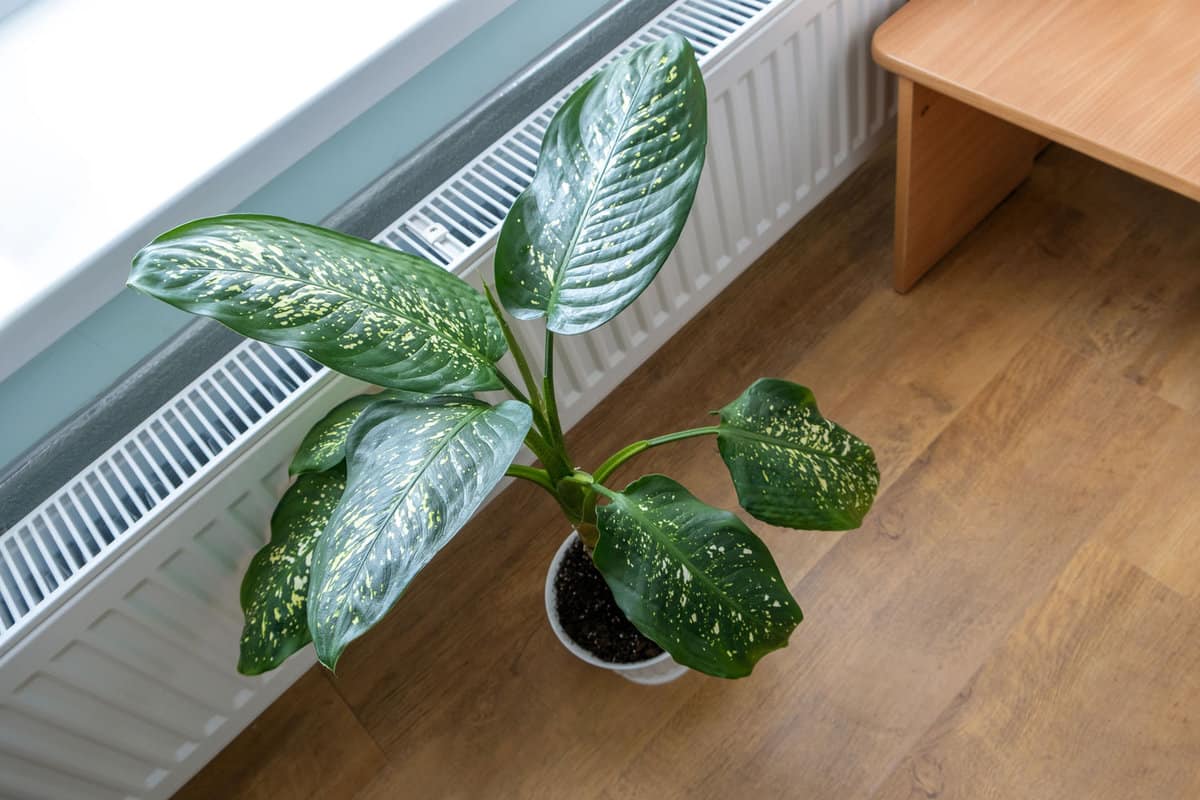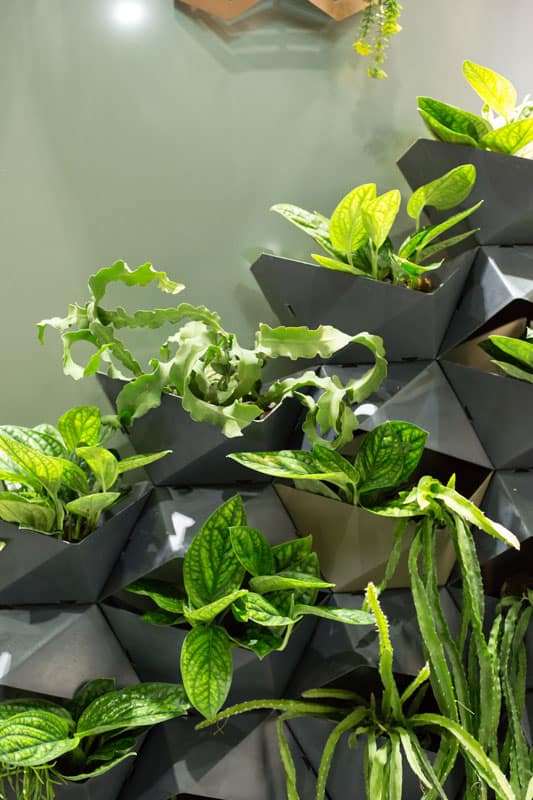Indoor gardening can be a lifesaver for those living in Zone 1 areas, where harsh and frigid conditions can make outdoor gardening nearly impossible.
But with the right tools and techniques, you can successfully cultivate a lush indoor garden right at home, no matter how low the temperatures may drop outside.

To kickstart your indoor gardening journey, you'll want to familiarize yourself with the unique challenges and opportunities associated with growing plants in a Zone 1 climate.
By selecting cold-hardy plants and adapting your gardening techniques for this specific environment, your indoor garden will truly thrive.
In this guide, you'll find valuable information, tips, and tricks to help you make the most of your indoor gardening endeavor.
Understanding Zone 1 Gardening
Indoor gardening in Zone 1 can be a challenging yet rewarding experience.
We will discuss things that help you understand the unique climate conditions in this region and how they affect your indoor plants.
Zone 1 is characterized by its extremely cold temperatures, with average minimum temperatures ranging from -60°F to -50°F.

This makes it crucial to choose plants that can tolerate such harsh conditions.
When selecting plants for your indoor garden, look for those labeled with a hardiness zone of 1 or lower.
Luckily, indoor gardening provides an opportunity to bypass harsh outdoor conditions and cultivate a wider range of plants.
Frost Dates
In Zone 1, frost dates can vary significantly depending on your specific location.
Generally, the frost-free growing season is extremely short, ranging from as little as 30 days to a maximum of 100 days.
Knowing the frost dates in your area can be helpful for planting outdoor gardens, but indoor gardening offers the advantage of growing plants year-round without the risk of frost damage.
Growing Season
Despite the short and harsh outdoor growing season in Zone 1, indoor gardening allows you to overcome these challenges.
By creating a controlled environment for your plants, you can extend the growing season and cultivate plants that might not survive the harsh conditions outside.
With thoughtful planning and careful plant selection, your indoor garden in Zone 1 can thrive.
Monitor temperature, humidity, and light conditions closely to create the perfect environment for your plants.
Setting Up Your Indoor Garden
This guide will take you through the essential steps to create a flourishing indoor garden, from location selection to climate control.
With the right steps, you can turn any space into your own lush, indoor oasis.
Location
When setting up your indoor garden, choosing the right location is crucial.
Look for a spot near a window or where you can install a greenhouse if needed.
Click here to see this greenhouse structure for indoors on Amazon.
East or south-facing windows are ideal, as they usually receive ample sunlight throughout the day.
Containers
Selecting appropriate containers for your plants is essential. Consider factors such as drainage and size.
Common container materials include peat moss, vermiculite, and perlite. Ensure there are drainage holes in the containers to prevent root rot.
Click here to see this peat moss on Amazon.
Click here to see this vermiculite on Amazon.
Indoor Gardening System
An indoor gardening system can help you maintain and organize your plants more efficiently.
Choose between hydroponic or soil-based systems according to your preference, budget, and available space.
Lighting
Proper lighting is vital for your indoor garden to thrive.
If natural sunlight isn't sufficient, invest in grow lights that mimic sunlight and provide the necessary wavelengths for healthy growth.
Click here to see this sunlike fixture for indoor plants on Amazon.
Watering & Humidity
Watering your plants regularly is crucial. It is best to use a watering can to control the amount of water and ensure an even distribution.
Aim for a consistent humidity level by using a humidifier and placing shallow water-filled trays nearby.
Temperature and Climate Control
For a successful indoor garden, maintaining the ideal temperature is necessary.

Most plants thrive in temperatures ranging from 65°F to 75°F, so invest in a thermostat to regulate temperature.
Choosing Plants for Indoor Gardening in Zone 1
When starting your indoor garden in Zone 1, it's essential to select appropriate plants that can thrive in a controlled environment.
Choose plants with similar light, soil, and water needs to ensure a successful and productive indoor garden.
Herbs and Leafy Greens
Herbs and leafy greens are great choices for indoor gardening due to their relatively small size, minimal space requirements, and ease of care.

Some popular choices include:
- Basil
- Mint
- Chives
- Cilantro
- Kale
These herbs and greens typically thrive in containers and can be grown on a sunny windowsill or under artificial lighting.
Vegetables and Fruits
While larger vegetables and fruits may be trickier to grow indoors, there are still plenty of options.

Some popular choices for indoor gardening include:
- Tomatoes
- Peppers
- Carrots
- Beans
For these plants, choose small varieties as these are what work best for indoor growing.
Microgreens and Small Crops
Microgreens and small crops are perfect for those with limited space or who want a quick turnaround in their indoor garden.
Some popular options include:
- Arugula
- Spinach
- Swiss chard
- Peas
- Cucumber (Opt for bush or compact varieties that take up less space.)
To maximize your indoor garden's potential, consider adding a vertical garden or utilizing a multi-tiered growing system to make the most of limited space.

Incorporating a mix of herbs, leafy greens, vegetables, fruits, and microgreens in your indoor garden will ensure a diverse, colorful, and productive harvest.
Planting and Germination
In this section, we'll discuss seed selection, planting and propagation, and transplanting seedlings for indoor gardening in Zone 1.
Seed Selection
Choosing the right seeds is essential for successful indoor gardening. Consider these factors when selecting seeds:
Climate Tolerance
Look for seeds with a high tolerance to cold, as Zone 1 has a short growing season and colder temperatures.
Light Requirements
Most indoor plants require at least 8 hours of sunlight per day. Ensure that your selected seeds can thrive in the available light.
Maturity Rates
Pick seeds with a fast maturity rate, so they can produce before the last frost date.
Once you have selected your seeds, store them in a cool, dry place until ready to plant.
Seed Planting and Propagation
Follow these steps to properly plant and propagate your seeds:
1. Container Selection
Choose containers with ample drainage to prevent rot from overwatering.
2. Potting Mix
Fill your container with a well-draining, high-quality potting mix. Avoid using garden soil, as it may contain pests or diseases.
Click here to see this potting mix on Amazon.
3. Planting Depth
Plant your seeds at the depth recommended on the seed package to ensure optimum germination.
4. Seed Spacing
Leave enough space between seeds to prevent overcrowding and competition for resources.
5. Moisture Control
Keep the potting mix consistently moist but not wet. Use cold frames or humidity domes to maintain moisture levels during germination.
Click here to see this cold frame on Amazon.
Click here to see these humidity domes on Amazon.
6. Temperature Regulation
Maintain a consistent temperature of around 65-70°F during the daytime and slightly cooler at night.
Transplanting Seedlings
Once your seedlings have developed their first set of true leaves, they're ready for transplanting. Follow these steps for a successful transplant:
1. Seedling Preparation
Gradually expose seedlings to outdoor conditions over a period of 7-10 days.
This process called hardening off, helps the plants adapt to their new environment.
2. Last Frost Date
Wait for the last frost date in your area before transplanting seedlings outdoors.
3. Site Selection
Choose a well-draining, sunny location for transplanting your seedlings.
4. Transplant Spacing
Follow the recommended spacing guidelines provided on the seed package to ensure adequate room for growth.
5. Watering
Keep the soil consistently moist after transplanting to promote root growth and reduce transplant shock.
Soil and Fertilization
In indoor gardening, especially in Zone 1, understanding soil and fertilization is crucial too.
This section outlines the best soil types and mixes, and effective fertilization methods to help your garden thrive.
Soil Types and Mixes
When it comes to indoor gardening in Zone 1, selecting the right soil type and mix can make a significant difference.

You should choose a well-draining soil mix, as this will prevent waterlogging and encourage healthy root development.
A popular choice for indoor gardens is a soilless mix, which is lightweight and provides excellent aeration and drainage.
Click here to see this soilless mix on Amazon.
You can create your own soil mix by combining 50:50 of last year's growing media with fresh media and/or compost.
Fertilization Techniques
The key to a thriving indoor garden is proper fertilization.
Whether you prefer liquid or granular form, it's important to follow the recommended application rates and frequency.
Here's a simple process you can follow:
- Test your soil before adding fertilizers to determine existing nutrient levels.
- Apply the appropriate amount of balanced fertilizer, taking care to avoid over-fertilization.
- Keep a schedule, so you can track when you last fertilized your plants and avoid skipping any essential nutrient applications.
Remember that different plants may require varied amounts and types of fertilizers; always research your specific plants' needs.
Organic and Inorganic Options
Both organic and inorganic fertilizers can be beneficial for your indoor garden in Zone 1.
Organic options, such as compost, worm castings, or fish emulsion, provide essential nutrients while also improving the soil structure and supporting beneficial microbes.
Click here to see this worm casting on Amazon.
Click here to see this fish emulsion on Amazon.
In contrast, inorganic or synthetic fertilizers typically offer a more concentrated and immediate nutrient release, allowing you to target specific nutrient deficiencies.
Ultimately, the choice between organic and inorganic fertilizers depends on your personal preferences and gardening goals.
Wrapping Up
Plant selection for Zone 1 conditions, strategic placement, soil preparation, and water all contribute to your indoor garden's success.
This guide has equipped you with everything you need to know to create a successful indoor Zone 1 garden—now it's time to get your hands dirty.
Let your indoor gardening adventure begin!
Read more:
Fruit Tree Suggestions for USDA Growing Zones 1-13
The 17 Best Plants to Grow in Zone 1a (-60 to -55 °F/-51.1 to -48.3 °C)
The 17 Best Plants to Grow in Zone 1b (-55 to -50 °F/-48.3 to -45.6 °C)










